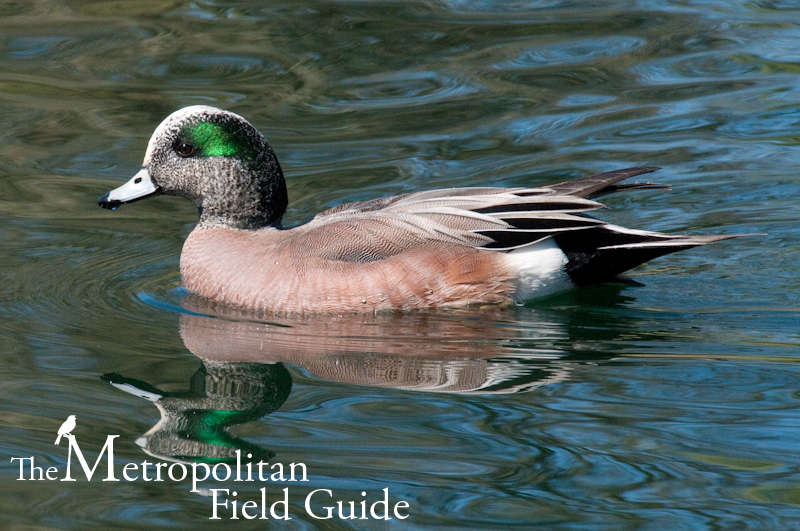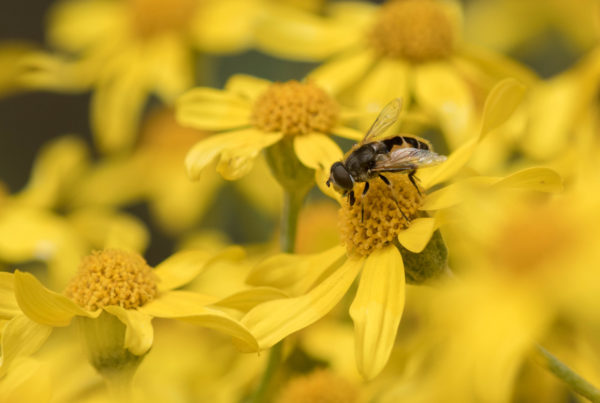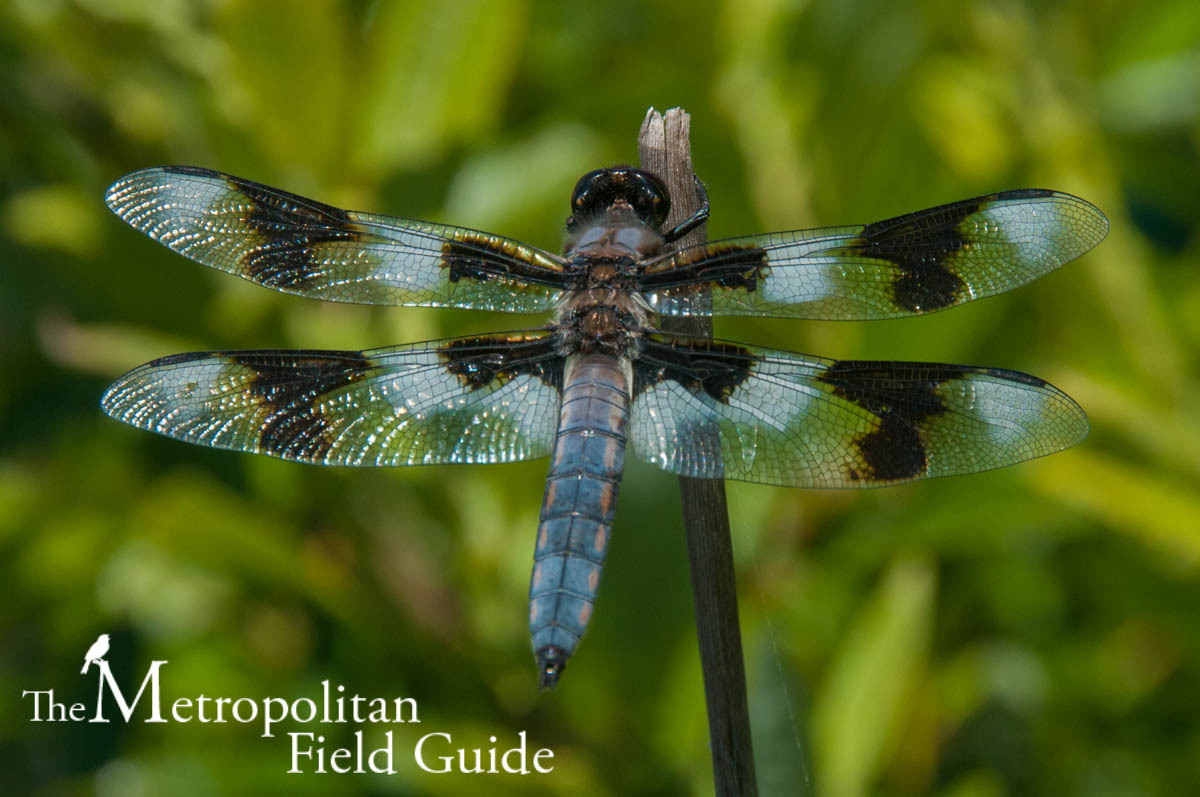Common Name: American Wigeon
Scientific Name: Anas americana
Family: Anatidae
The American Wigeon is a dabbling duck, which are ducks that tip their front ends into the water to forage while their back ends stick up in the air. They maintain a large geographic range, breeding as far north as the Bering Sea and wintering from Canada through Central America. They can be found in a wide range east to west as well and cover most of North and Central America at some point during the year. Their preferred breeding habitat are grasslands where they nest in proximity to water with cover in the form of grasses and other vegetation. During migration and winter, they frequent a wide variety of slow-moving water bodies including flooded agriculture fields, ponds and lakes. This attraction to small bodies of water often bring them into the urban environment where they can be found in park ponds, reservoirs and other small urban water.
For the most part the American Wigeon eats a vegetarian diet consisting of seeds, berries, and plant parts including stems and leaves of both aquatic and terrestrial plants. However, during the breeding season they will eat some insects such as dragonflies, beetles and flies. Among the aquatic species they are known to consume are duckweed, eelgrass, wild celery and bushy pondweed. Terrestrial plants include clover, panic grass and cultivated species such as rice, wheat and barley.
The American Wigeon migrates short or medium distances and use all four major flyways in North America, but half the winter population occurs in the Pacific Flyway. Spring migration begins in February and runs through May while fall migration starts in August and goes through November. They will migrate in small flocks, mostly during the day, but have been known to fly during the night. There is a third migration for males after breeding, the molt migration, where they will migrate to densely vegetated water source to spend a flightless month while they molt their feathers.
The birds pair and bond even before they arrive at their wintering grounds; but the grounds can see disputes and competition during the peak of courtship. The early bonds made will last through the winter while the female can test the male for his suitability to protect their breeding grounds. Nests are usually built in tall grasses or under shrubs or trees and are minimal, being only a small depression lined with materials which can include grasses and feathers. Nest predators include other birds such as the California Gull and Crow or small mammals such as Striped Skunks, Franklin’s Ground Squirrel and Red Fox.
During the winter and fall migrations, the birds can form larger flocks when there is a concentration of available food. They can also mingle with other ducks including Gadwalls, Mallards and American Coots. I’ve also seen them in groupings with European Wigeon, Northern Pintail and Northern Shovelers.







Great photo, Kelly! I saw some of these guys at Ridgefield NWR last weekend.
Thanks Ivan! I got really lucky when I was living in the Willamette Valley, there was a small pond in a park near where I lived and they visited it in somewhat large numbers. It was easy to capture them with the camera just by sitting along the edge of the pond and waiting for them to swim by. I really like to listen to their calls, they seem to be very unique.